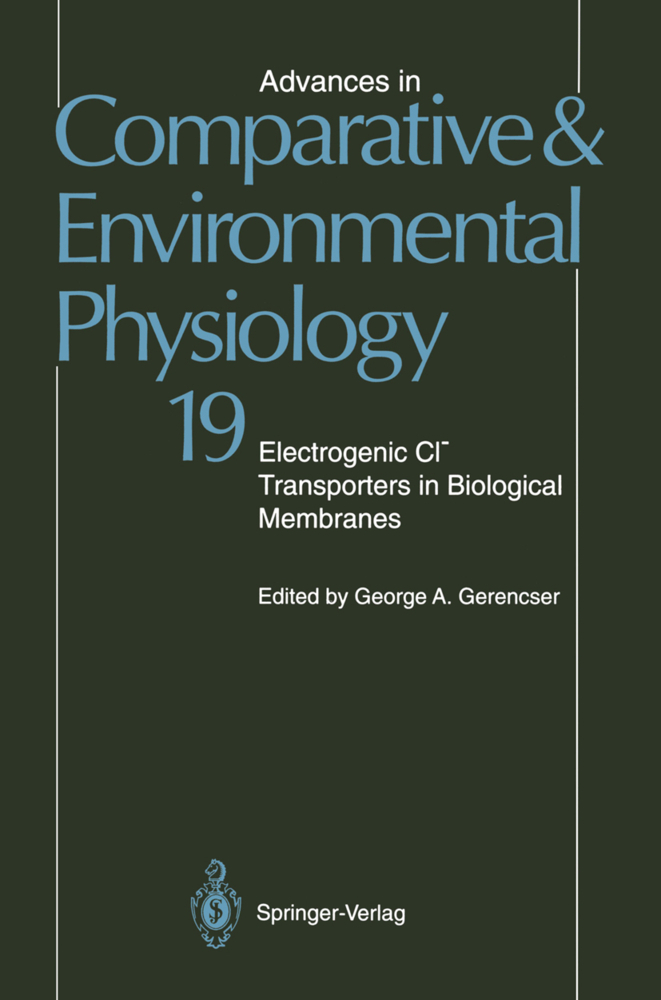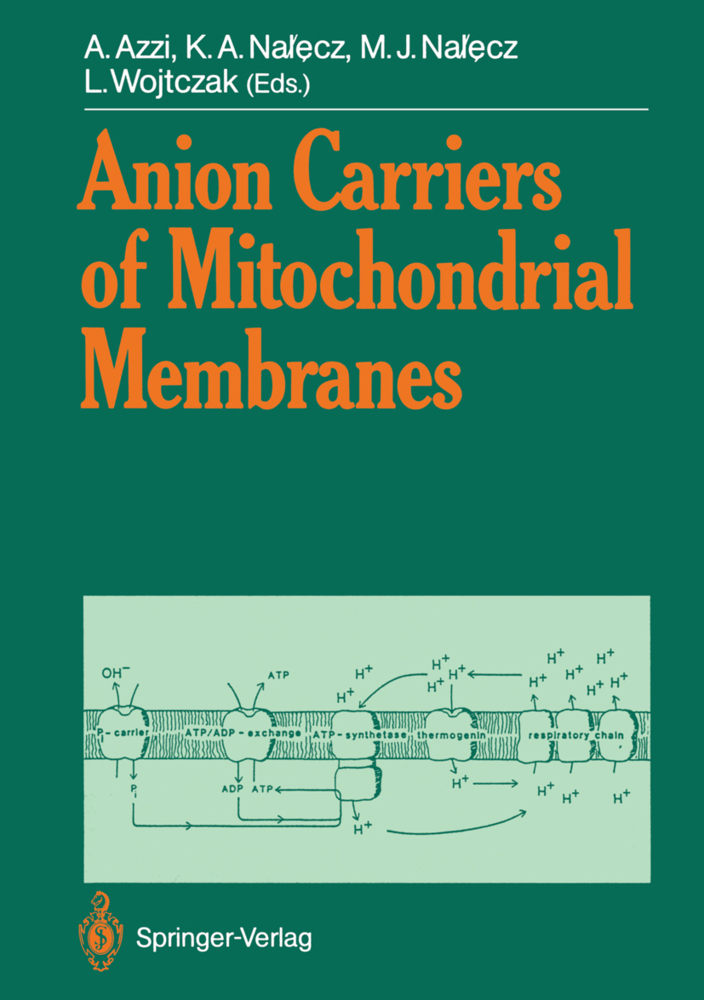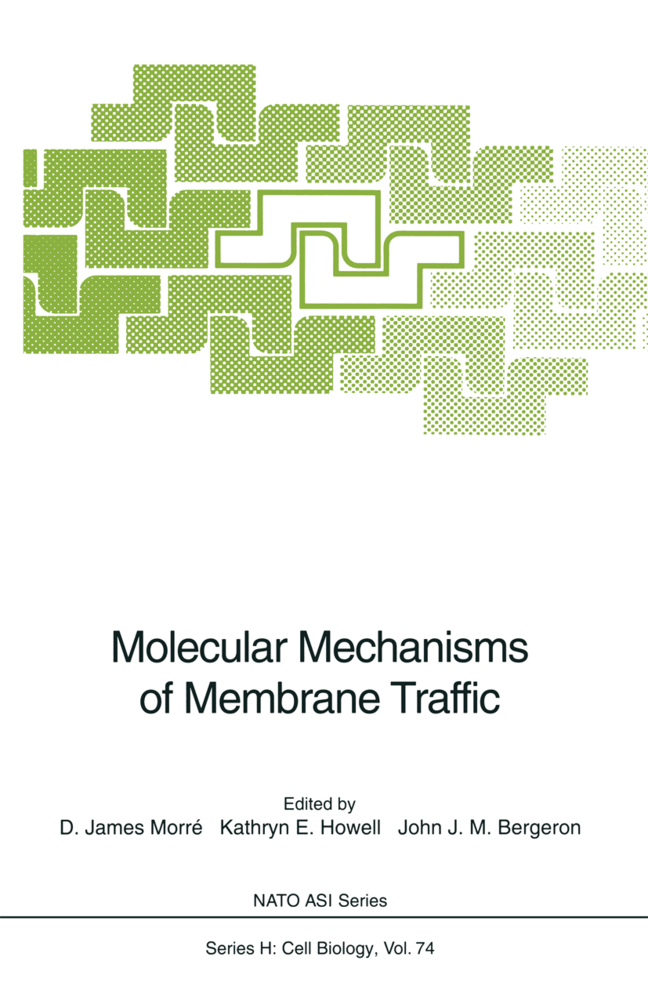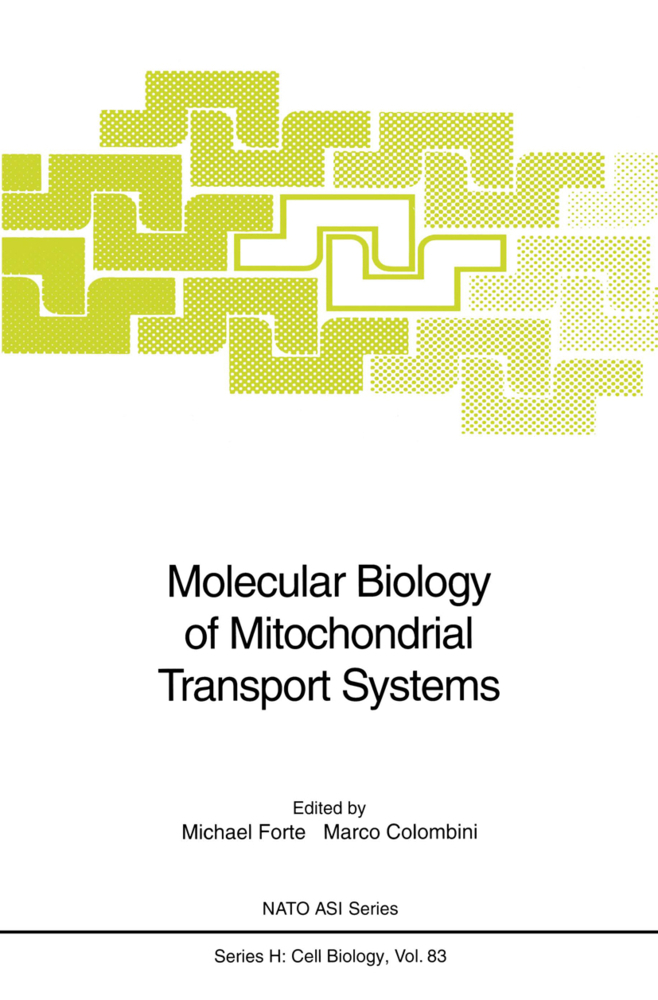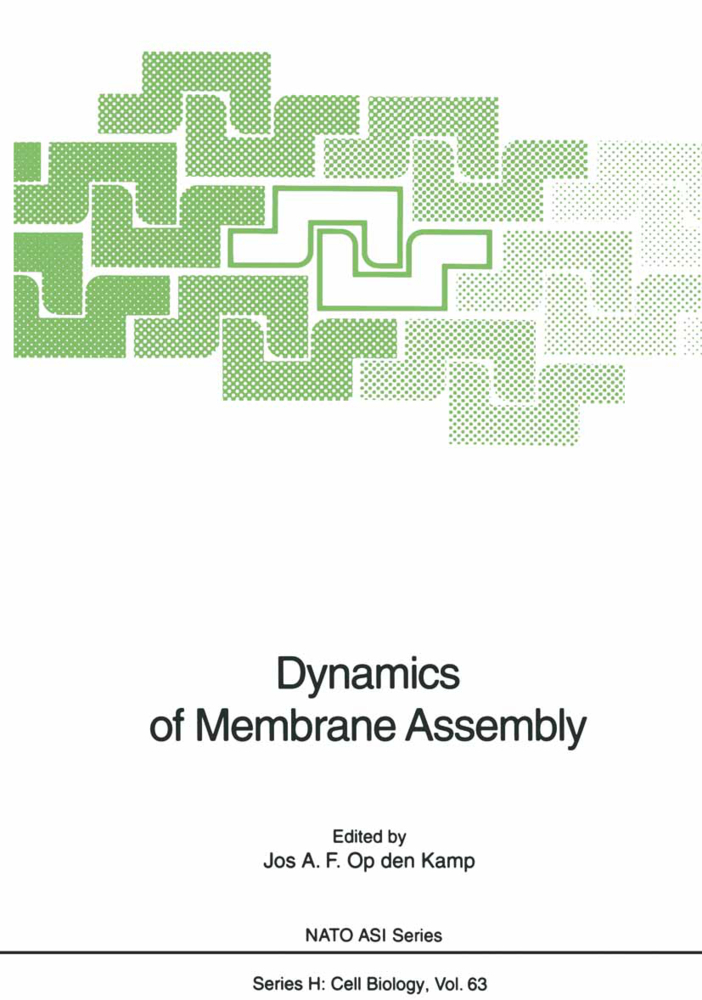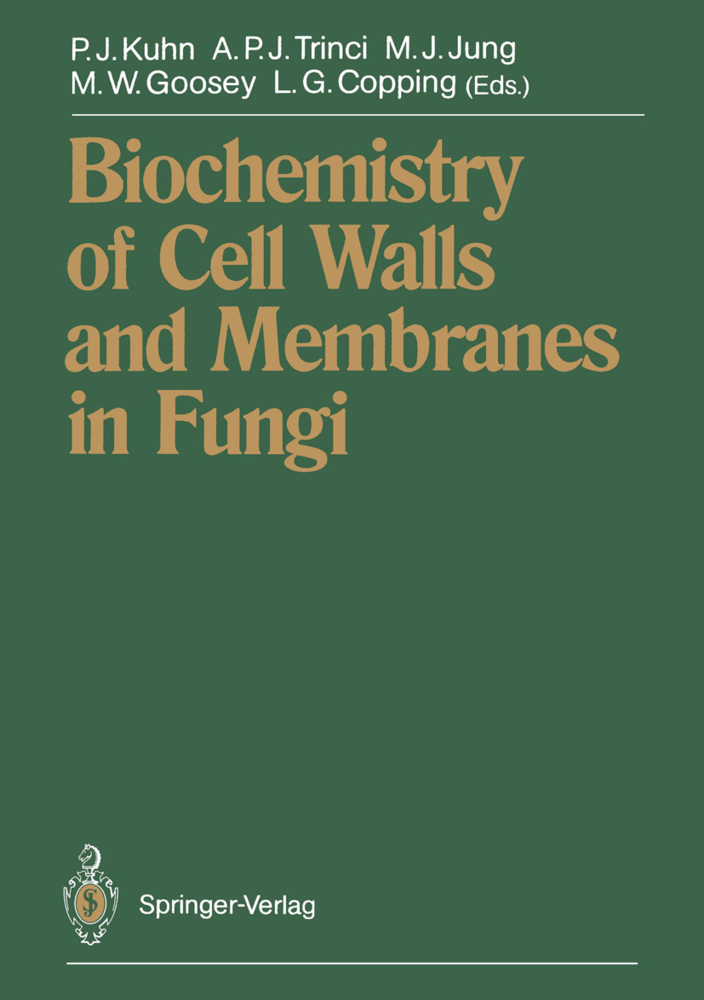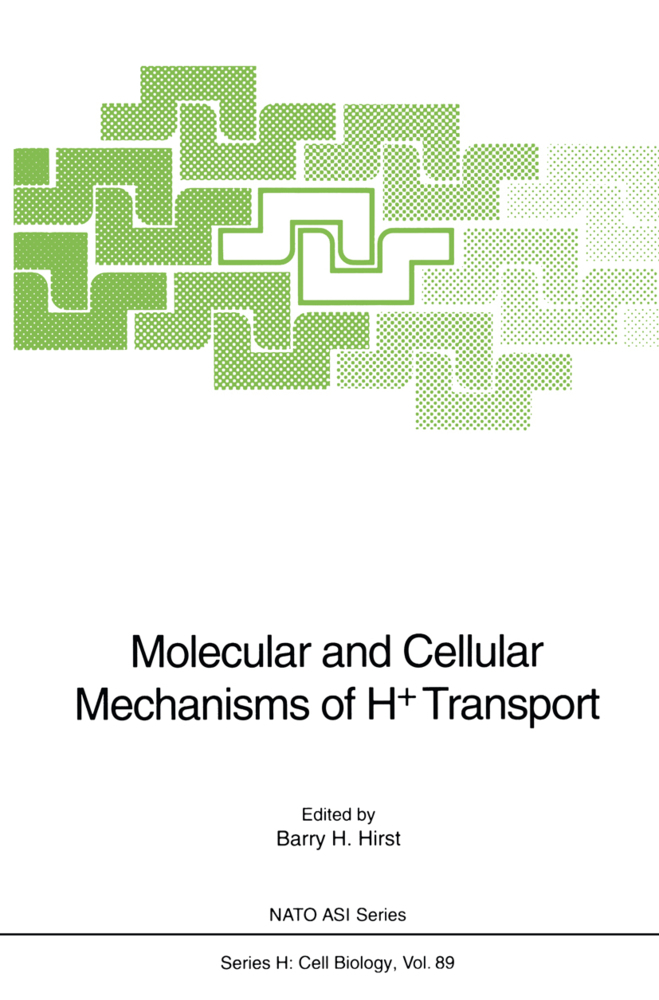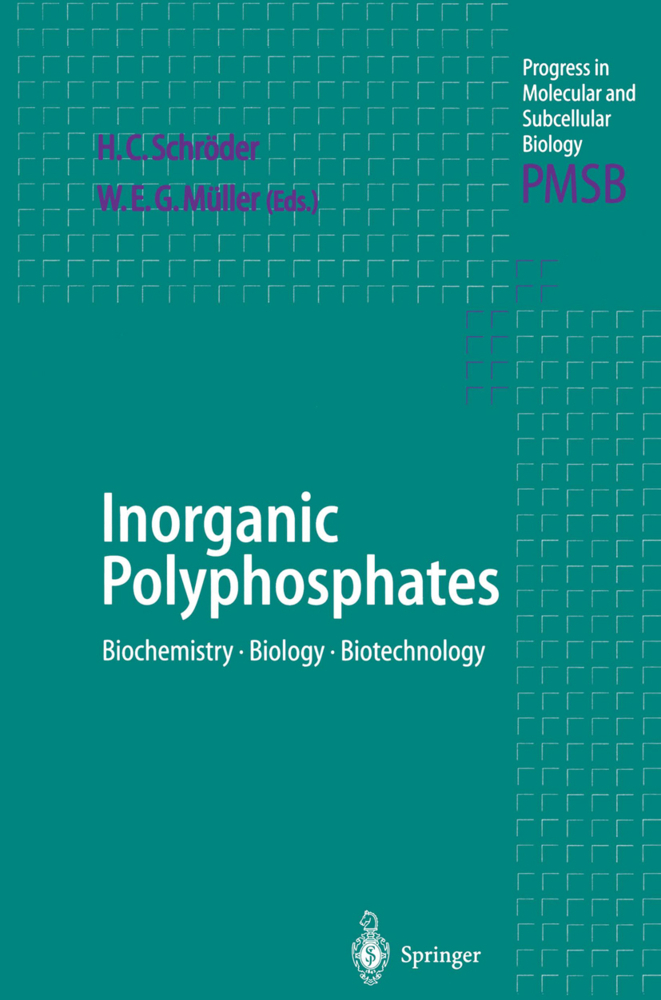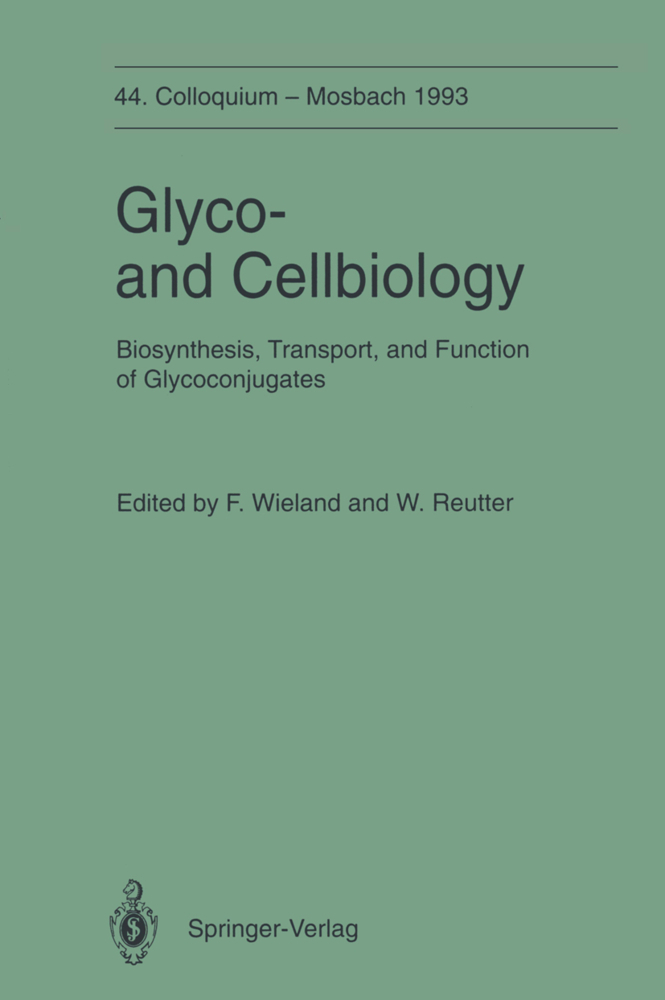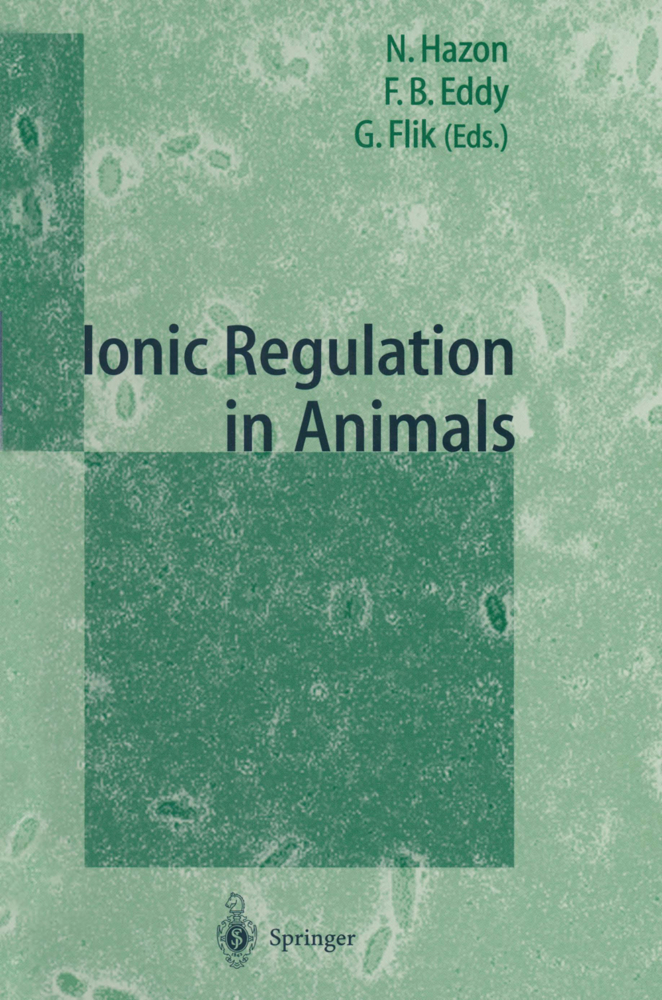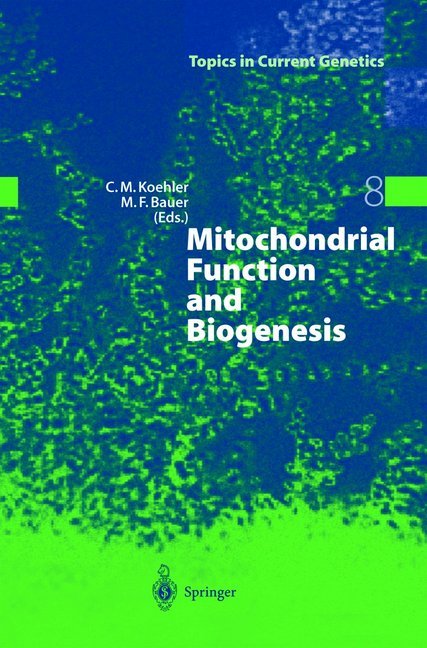Advances in Comparative and Environmental Physiology
Electrogenic Cl? Transporters in Biological Membranes Volume 19
Advances in Comparative and Environmental Physiology
Electrogenic Cl? Transporters in Biological Membranes Volume 19
Biological cell membranes regulate the transfer of matter and informa tion between the intracellular and extracellular compartments as basic survival and maintenance functions for an organism: This volume contains a series of reviews that are concerned with how biological plasma membranes regulate the transport of chloride between the intracellular and extracellular compartments of a cell. This book is also an attempt to analyze the molecular basis for the movement of chloride across a cell membrane. This volume is devoted to a diversity of electrogenic chloride transport mechanisms in representative cell membranes of all living things. The first section of the book (Chaps. 1-4) focuses on mech anisms of primary active chloride transport (i.e. photon or A TP-driven), while the second section (Chaps. 5-6) centers on secondary active chloride transporters (symport and antiport) in both plant and animal plasma membranes. The last section, which comprises seven chapters (Chaps. 7-13), deals with chloride channels in cell membranes of prokaryocytes and eukaryocytes of most every phylum. It is hoped that with this particular ordering the reader can glean a telescopic view of the evolutionary history of the various electrogenic chloride transporters.
2 Anion Binding and the Retinal Chromophore as Reporter Group
3 The Photocycle
4 Light-Dependent Retinal Isomerizations and Schiff Base Deprotonation
5 Hypotheses of the Transport Mechanism
References
2 Chloride ATPase in Marine Algae
1 Introduction
2 Objects
3 Some Conditions
4 Basic Observations: The Pump and Its Transportée
5 Fueling Substrate
6 Electrical Properties
7 Biochemical Approaches
8 Conclusions and Speculations
References
3 Existence of a Chloride Pump in Molluscs
1 Introduction
2 Electrical Characteristics of Aplysia Gut
3 Biochemistry of the Cl? Pump
4 Sulfhydryl Ligands of the Cl? Pump
5 Reconstitution of the Cl? Pump
6 Molecular Weight and Reaction Sequence of the Cl? Pump
7 Conclusions
References
4 Transporting Cl?-ATPase in Rat Brain
1 Introduction
2 Cl?-Stimulated ATPase in Mammalian Brain
3 Functional Significance of Cl? Pump in the Brain
4 Conclusions
References
5 Proton-Coupled Chloride Transport in Plant Cells
1 Introduction
2 Evidence for Gradient-Coupled Cl? Transport
3 Kinetic Properties of Gradient-Coupled Cl? Transport at the Plasma Membrane
4 Conclusions and Future Prospects
References
6 Electrogenic Coupling of Sulfate Secretion to Chloride Transport in Lobster Hepatopancreas
1 Introduction
2 Vertebrate Sulfate Transport Mechanisms
3 Transmembrane SO4/C1 Exchange in Vertebrate Epithelia
4 Transmembrane Sulfate Antiport in Hepatopancreatic Epithelium
5 Transcellular Sulfate Transport in Lobster Hepatopancreas
References
7 Chloride Currents in Lower Organisms
1 Introduction
2 Protists
3 Porifera
4 Cnidaria
5 Platyhelminths
6Nematodes
7 Discussion
References
8 Chloride Channels in Molluscs
1. Introduction
2. Excitable Cell Cl? Channels
3. Aplysia Gut Absorptive Cells
References
9 Chloride Channels in Insects: A Search for Common Grounds
1 Introduction
2 Defining Characteristics of Vertebrate Epithelial Cl? Channels
3 Cl? Channels in Insect Epithelial Secretion and Absorption
4 GABA-Activated Cl? Channel in Nervous System and Muscle
5 Conclusions
References
10 The Voltage-Gated Cl? Channel of Torpedo Electroplax: an Emerging View of its Structure and Function
1 Introduction
2 Electrocyte Physiology
3 Biophysics of the Cl? Channel
4 Biochemical Studies
5 Molecular Genetics of the Cl? Channel
6 Conclusion
References
11 A Secretory Cl Channel from Epithelial Cells Studied in Heterologous Expression Systems
1 Introduction
2 Channels Implicated in Transepithelial Chloride Secretion
3 CFTR Expression and Reconstitution Generate the Low-Conductance Cl Channel
4 Properties of the CFTR Pore
5 Regulation of the CFTR Channel by Phosphorylation
6 Regulation of CFTR Channel by Nucleotides
7 Homologs from Other Species: Shark CFTR is also a Cl Channel
8 Conclusions
References
12 Chloride Channels in Epithelial Cells of Intestine
1 Introduction
2 Small Intestine
3 Colon
4 Summary
References
13 Chloride Transport by Gastric Mucosa
1 Introduction
2 Acidic and Nonacidic Cl? Secretion
3 Identification and Localization of Ion Transport Pathways
4 Localization of Passive Ion Transporters
References.
1 Halorhodopsin: A Prokaryotic Light-Driven Active Chloride Transport System
1 Introduction2 Anion Binding and the Retinal Chromophore as Reporter Group
3 The Photocycle
4 Light-Dependent Retinal Isomerizations and Schiff Base Deprotonation
5 Hypotheses of the Transport Mechanism
References
2 Chloride ATPase in Marine Algae
1 Introduction
2 Objects
3 Some Conditions
4 Basic Observations: The Pump and Its Transportée
5 Fueling Substrate
6 Electrical Properties
7 Biochemical Approaches
8 Conclusions and Speculations
References
3 Existence of a Chloride Pump in Molluscs
1 Introduction
2 Electrical Characteristics of Aplysia Gut
3 Biochemistry of the Cl? Pump
4 Sulfhydryl Ligands of the Cl? Pump
5 Reconstitution of the Cl? Pump
6 Molecular Weight and Reaction Sequence of the Cl? Pump
7 Conclusions
References
4 Transporting Cl?-ATPase in Rat Brain
1 Introduction
2 Cl?-Stimulated ATPase in Mammalian Brain
3 Functional Significance of Cl? Pump in the Brain
4 Conclusions
References
5 Proton-Coupled Chloride Transport in Plant Cells
1 Introduction
2 Evidence for Gradient-Coupled Cl? Transport
3 Kinetic Properties of Gradient-Coupled Cl? Transport at the Plasma Membrane
4 Conclusions and Future Prospects
References
6 Electrogenic Coupling of Sulfate Secretion to Chloride Transport in Lobster Hepatopancreas
1 Introduction
2 Vertebrate Sulfate Transport Mechanisms
3 Transmembrane SO4/C1 Exchange in Vertebrate Epithelia
4 Transmembrane Sulfate Antiport in Hepatopancreatic Epithelium
5 Transcellular Sulfate Transport in Lobster Hepatopancreas
References
7 Chloride Currents in Lower Organisms
1 Introduction
2 Protists
3 Porifera
4 Cnidaria
5 Platyhelminths
6Nematodes
7 Discussion
References
8 Chloride Channels in Molluscs
1. Introduction
2. Excitable Cell Cl? Channels
3. Aplysia Gut Absorptive Cells
References
9 Chloride Channels in Insects: A Search for Common Grounds
1 Introduction
2 Defining Characteristics of Vertebrate Epithelial Cl? Channels
3 Cl? Channels in Insect Epithelial Secretion and Absorption
4 GABA-Activated Cl? Channel in Nervous System and Muscle
5 Conclusions
References
10 The Voltage-Gated Cl? Channel of Torpedo Electroplax: an Emerging View of its Structure and Function
1 Introduction
2 Electrocyte Physiology
3 Biophysics of the Cl? Channel
4 Biochemical Studies
5 Molecular Genetics of the Cl? Channel
6 Conclusion
References
11 A Secretory Cl Channel from Epithelial Cells Studied in Heterologous Expression Systems
1 Introduction
2 Channels Implicated in Transepithelial Chloride Secretion
3 CFTR Expression and Reconstitution Generate the Low-Conductance Cl Channel
4 Properties of the CFTR Pore
5 Regulation of the CFTR Channel by Phosphorylation
6 Regulation of CFTR Channel by Nucleotides
7 Homologs from Other Species: Shark CFTR is also a Cl Channel
8 Conclusions
References
12 Chloride Channels in Epithelial Cells of Intestine
1 Introduction
2 Small Intestine
3 Colon
4 Summary
References
13 Chloride Transport by Gastric Mucosa
1 Introduction
2 Acidic and Nonacidic Cl? Secretion
3 Identification and Localization of Ion Transport Pathways
4 Localization of Passive Ion Transporters
References.
Gerencser, G. A.
Gerencser, G. A.
Ahearn, G. A.
Anderson, P. A. V.
Blair, K. L.
Cattey, M. A.
Chang, X. B.
Forte, J. G.
Goldberg, A. F. X.
Gradmann, D.
Hanrahan, J. W.
Hara, M.
Inagaki, C.
Inoue, M.
Lanyi, J. K.
Moffett, D. F.
Reenstra, W. W.
Riordan, J. R.
Sanders, D.
Tabcharani, J. A.
White, J. F.
Wolf, A.
Zelezna, B.
| ISBN | 978-3-642-78263-3 |
|---|---|
| Artikelnummer | 9783642782633 |
| Medientyp | Buch |
| Auflage | Softcover reprint of the original 1st ed. 1994 |
| Copyrightjahr | 2012 |
| Verlag | Springer, Berlin |
| Umfang | XII, 264 Seiten |
| Abbildungen | XII, 264 p. |
| Sprache | Englisch |

